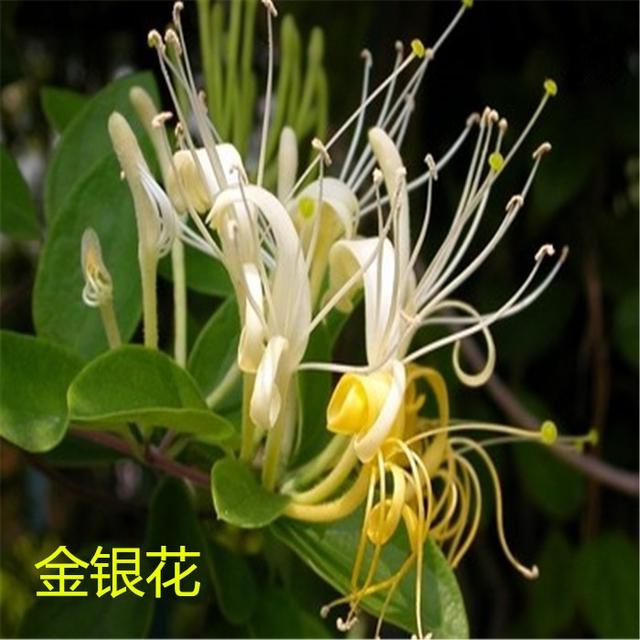Control of common diseases and insect pests in planting honeysuckle in South China
Control of common diseases and insect pests in planting honeysuckle in South China
Honeysuckle, also known as honeysuckle, honeysuckle, belongs to the honeysuckle family, which is distributed all over the country. Its flower is an important traditional Chinese medicine, which is cultivated as a valuable medicinal material in many places. It is a good climbing plant in landscaping, which can meet a variety of greening needs. There are many diseases and insect pests in honeysuckle, so the control work can not be ignored. The symptom identification and control methods of several common diseases and insect pests are introduced as follows.
Brown spot is a common disease in leaves, which weakens the growth potential of plants after being susceptible to the disease. Most of them occurred in the middle and later stages of the growth of Flos Lonicerae, and August and September were the peak periods of damage. Brown dots were formed on the leaves at the beginning of the disease, and gradually enlarged in the later stage, showing a round or polygonal irregular spot. When wet, a layer of grayish-brown frost mildew can be seen on the back of the leaves. When dry, the center of the lesion is easy to break. When it occurs seriously, the leaf color is withered and yellow, which causes the leaf to fall off and affects the growth. It can be sprayed with 800 times of 50% carbendazim wettable powder, 750 times of 75% chlorothalonil wettable powder, or 1 Gang 1.5 range 200 Bordeaux solution, once every 7 to 10 days, 2 to 3 times in a row.
After the onset of anthrax, the disease spot of the leaf is nearly round, first reddish brown, then dark brown, the disease spot is easy to perforate; the seedling is damaged in reddish brown, ulcerative depression; when the stem branch suffers disease, it is easy to lead to branch lodging and death. In the wet state, a large number of conidia were gathered on the susceptible leaves, showing orange-red spots. Prevention and control methods: pay attention to ventilation in the cultivation environment, reduce the humidity of the surrounding environment; remove diseased branches and leaves in time after the disease, concentrate on burning, and reduce the infection of pathogens. It can be sprayed with 65% of Dysen zinc 500x, or 50% acetaminophen 800x to 1000 times, once every 7 days, 2 to 3 times in a row.

Wet environment is very easy to cause the occurrence and epidemic of rust. Prevention and control methods: clean the field in time after each flower picking, take the dead branches and leaves out of the garden for treatment; in the early stage of the disease, use 50% dinitrate powder 200x solution, or 25% triadimefon wettable powder liquid 800x to 1000 times, or 65% Dessen zinc wettable powder liquid 500x, once every 7 to 10 days, 2 to 3 times in a row.
Powdery mildew is serious in warm, dry or shady environment. It mainly harms leaves, followed by flowers and stems. Small white spots appeared on the leaves at the initial stage of the disease, and then gradually developed into white powder spots, and in severe cases covered the whole leaves. The leaves are yellow and easy to fall off after injury; the disease spot after stem infection is brown, irregular with white powder; after the flower is damaged, it becomes twisted, and a large number of flowers fall when it is serious. Control methods: timely pruning in the growing period of honeysuckle to promote ventilation and light transmission; increase the application of phosphorus and potassium fertilizer, reduce the use of nitrogen fertilizer, promote robust growth and improve self-resistance. At the initial stage of the disease, 50% methyl topiramate was sprayed with 800 to 1000 times, or 25% triadimefon wettable powder 1000 to 1500 times, for 2 to 3 consecutive times, with an interval of 7 to 10 days.

Red spider red spider is a kind of mite pest that harms honeysuckle. Red spider is small and mainly clusters on the back of the leaves to absorb juice, causing the leaves of honeysuckle to curl, yellowing and finally fall off. The environmental conditions of high temperature and dry air can easily cause the occurrence of red spiders. Prevention and treatment methods: timely pruning, cutting off old leaves and declining branches, and improving ventilation and light transmission environment.
Aphids usually occur seriously from April to June. Aphids mainly harm the leaves, clustered on the front and back of the leaves, mostly on the back. The young leaves suffer more severely, causing the leaves and buds to curl and stop growing. When damaged by aphids, honeydew can be secreted, which leads to the occurrence of bituminous coal disease, which not only affects the growth of honeysuckle, but also affects its ornamental. Control methods: 1000 to 1500 times of dimethoate emulsion or 1000 to 1500 times of aphid pine can be sprayed for 2 to 3 times in a row.
The adults of longicorn beetles were unearthed in May and laid eggs in the epidermis of branches. The larvae move in the epidermis and drill into the xylem to eat the base. The larvae overwintered at the base or root after autumn. After the damage to the honeysuckle plant, the branches will senescence and wither, and even die. Control methods: when adults are unearthed, the roots are infused with 1000 times of 80% trichlorfon solution; during the peak spawning period, 50% phoxim EC is sprayed every 7 to 10 days; insect branches are found, cut off and burned in time; longicorn beetle wormholes are found, cotton soaked in 80% dichlorvos solution is stuffed into wormholes, and the soil is sealed to kill larvae.

- Prev

Zhengzhou planting hami melon let xinjiang hami melon face what to save?
Greedy sister to explore the camp several times to Zhangzhuang in Henan Xinmi Dakui town Zhengzhou Institute of Melon and Fruit planting base, after half a year of tracking and exploration...
- Next

Tips for potted planting of money trees
People often fantasize that "if only we could plant a cash cow, we only need to shake the lack of money". Of course, this can only be a fantasy and does not exist. But all around us.
Related
- Fuxing push coffee new agricultural production and marketing class: lack of small-scale processing plants
- Jujube rice field leisure farm deep ploughing Yilan for five years to create a space for organic food and play
- Nongyu Farm-A trial of organic papaya for brave women with advanced technology
- Four points for attention in the prevention and control of diseases and insect pests of edible fungi
- How to add nutrient solution to Edible Fungi
- Is there any good way to control edible fungus mites?
- Open Inoculation Technology of Edible Fungi
- Is there any clever way to use fertilizer for edible fungus in winter?
- What agents are used to kill the pathogens of edible fungi in the mushroom shed?
- Rapid drying of Edible Fungi

